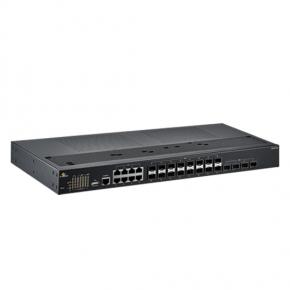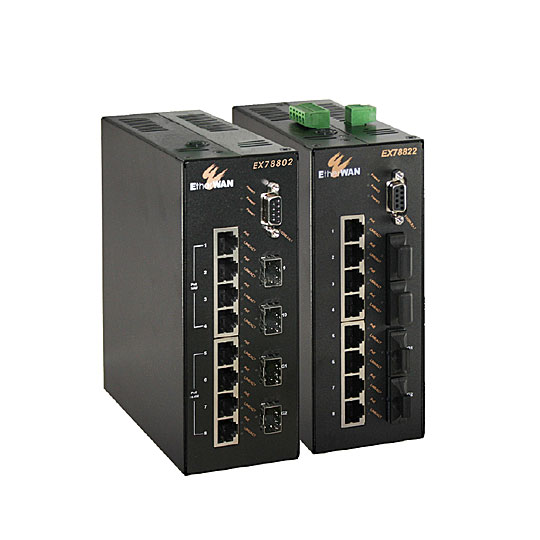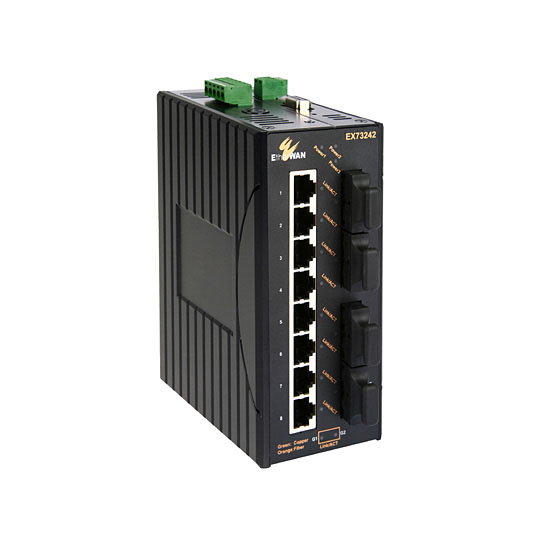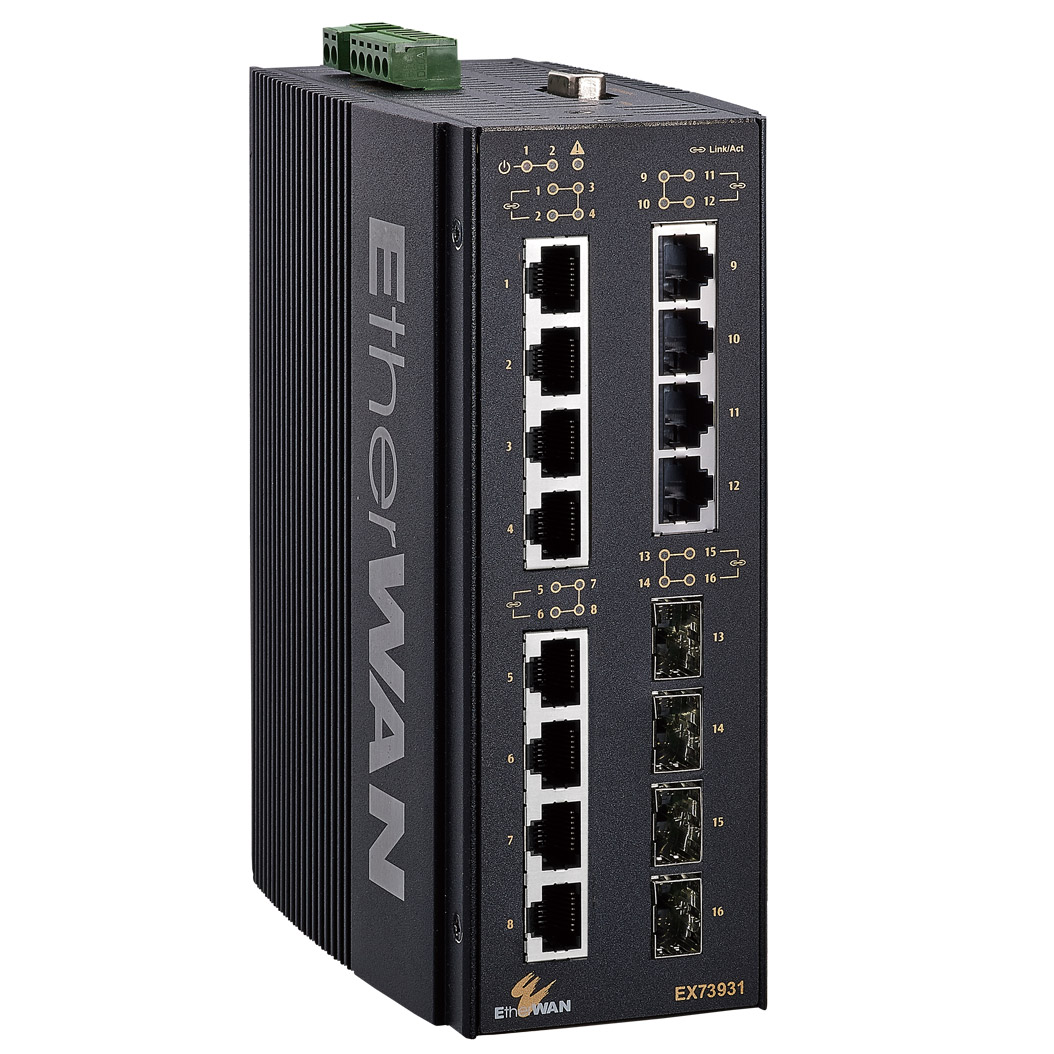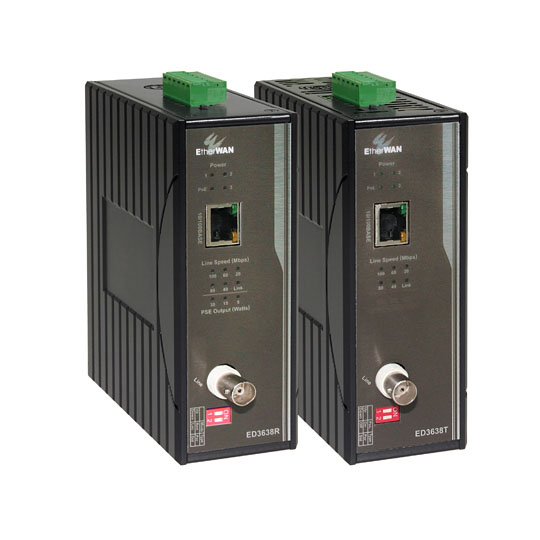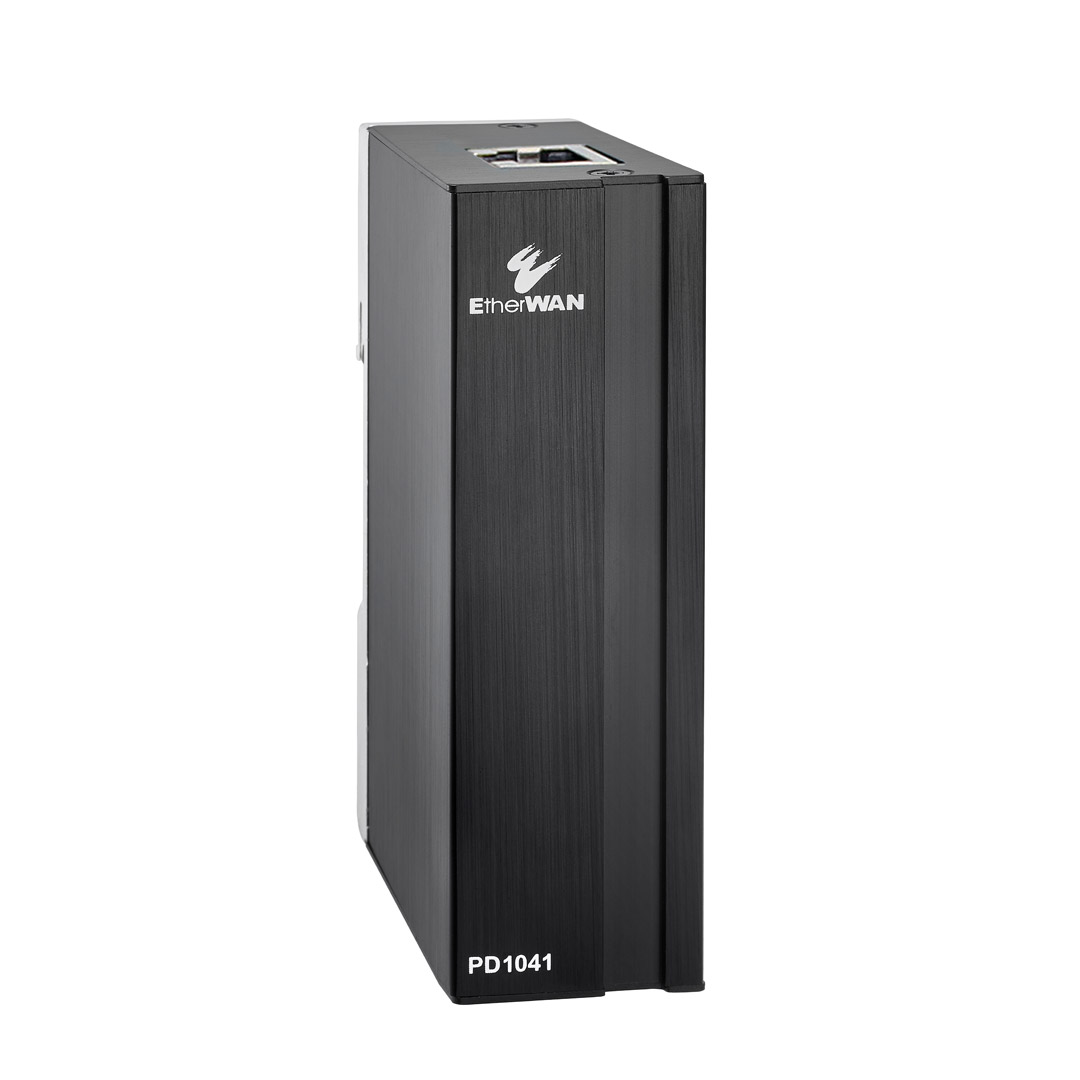Seamless Transition: The Crucial Analog to Digital Migration

Navigating the Transition
The advantages of traffic surveillance cameras have become widely recognized over the past few decades, and it's now commonplace to see multiple video cameras at a single intersection in major cities worldwide. However, video surveillance technology has evolved rapidly, with the recent shift towards IP systems over analog ones emerging as a significant trend. This shift has introduced numerous new and unconventional challenges in network design and implementation.
Analog CCTV systems transmit video in baseband format through coaxial or Ethernet cables to a digital video recorder (DVR). There, the signal undergoes conversion into digital format and is stored on some form of hard drive. In contrast, IP cameras deliver streaming video signals already in digital form, allowing direct storage on a network video recorder (NVR), which significantly reduces processing requirements. Another advantage of IP systems is that only one Ethernet cable is needed to connect to the NVR, whereas analog systems demand a separate cable for each CCTV camera linked to the DVR.
Against this backdrop, educational institutions, enterprises, and urban entities often find themselves confronted with the challenge of migrating from traditional analog to IP networks. Making the right choices in terms of network topology and connectivity equipment becomes of utmost importance in this context.
Driving the Digital Shift
A metropolis boasting a population of over two million residents reached a pivotal decision—it was time to modernize their city-wide traffic video surveillance system, transitioning from analog to digital technology. The challenge lay in monitoring an ever-expanding urban landscape, where traditional CCTV cameras and coaxial cables had become increasingly inadequate and ill-suited for the task, given the sprawling coverage required.
With more than 100 intersections, each equipped with 6 to 8 cameras, and numerous smaller intersections lacking local power sources for IP cameras, the city faced the need for a robust solution capable of managing extensive data traffic with minimal downtime in the event of a link failure. The monumental volume of data originating from this multitude of IP cameras demanded efficient transmission to both branch police stations and the central city police headquarters.
In addition to these technical demands, the solution had to be cost-effective, with a focus on minimizing the expense of laying new cables wherever possible—a challenge that required careful planning and innovative solutions.
Demands for Strategic Application
- Continuous need for high-resolution video surveillance
- Equipment must withstand extreme heat, moisture, and electrical surges
- Seamless scalability for future expansion
- High bandwidth handling capability required
- Surveillance is required in areas with no power source
The Power of Surveillance Evolution
EtherWAN successfully addressed the numerous challenges in this complex project through a combination of traditional network topology and their proprietary expertise. In intersections where Power over Ethernet (PoE) could be utilized to power the IP cameras, they deployed the robust and versatile EX78000 switch. This switch offers fast Ethernet PoE ports for connecting IP cameras and traffic controllers, along with a gigabit fiber backbone capability for linking to other switches.
For intersections where PoE wasn't necessary, EX73000 switches were chosen. With 16 fast Ethernet ports, the EX73000 provides reliable connectivity for multiple IP cameras and cabinet-mounted traffic controllers. Like the EX78000, it is hardened to withstand extreme temperatures and supports EtherWAN's proprietary Alpha-Ring protocol, ensuring redundancy and minimizing downtime in the event of a dropped connection.
However, some areas that required monitoring lacked a local power source and were located more than 100 meters away from the nearest intersection, making a PoE solution unfeasible. In these areas, EX73000 switches were paired with ED3638 Ethernet extenders. The ED3638 supports EtherWAN's proprietary Power over Link (PoL) technology, enabling the transmission of both data and power over existing wiring, in this case, the coaxial cable from the previous CCTV system. This unique solution allowed them to meet wattage and bandwidth requirements using the existing coaxial cables, resulting in significant cost and manpower savings. It effectively extended the surveillance coverage to previously hard-to-reach areas for the police force.
Another critical issue addressed was the protection of equipment from lightning strikes. In addition to standard surge protectors, which safeguard power cables from electrical surges, they also protect the copper data cables entering the switch. EtherWAN's PD1041 hardened surge protection device was deployed on each active data port for all switches, providing essential protection for valuable equipment.
Groups of switches were organized into subnets and configured in an Alpha-Ring topology, with each ring featuring a single EX73900 switch. These switches, located at branch police stations, transmitted data to the local Network Video Recorder (NVR) at gigabit speeds. The EX73900 switches also included two-gigabit ports for the Alpha-Ring and two links to Layer 3 switches at police headquarters.
To ensure efficient data routing from the subnets back to the storage pool, two Layer 3 switches were positioned at police headquarters. These switches implemented the Virtual Router Redundancy Protocol (VRRP) to eliminate the risk of data loss due to a single point of failure.
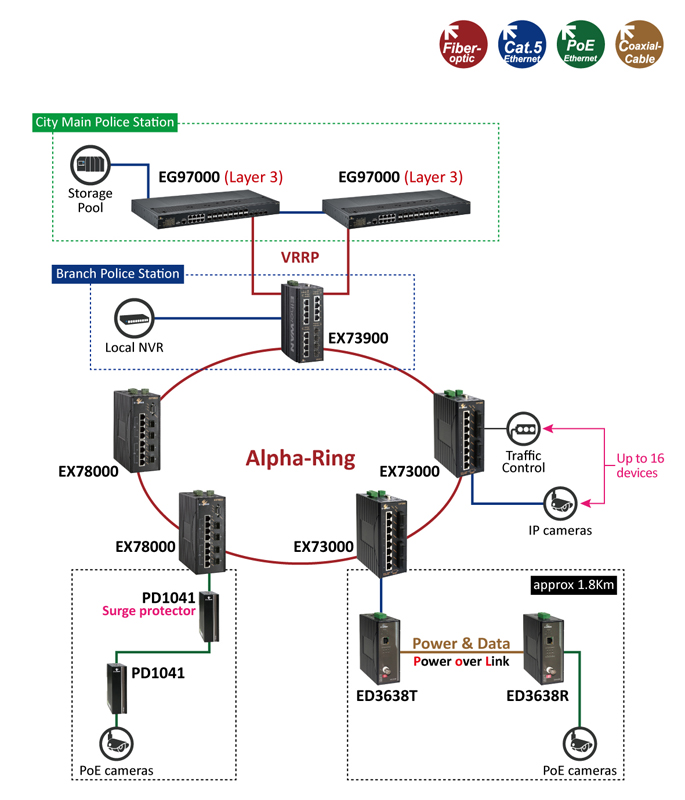
Choosing the Right Network Management Partner
IP-based traffic surveillance systems serve as essential tools for police forces worldwide, delivering traffic management capabilities, bolstering law enforcement efforts, and heightened responsiveness during emergencies. In the deployment of these systems across sprawling urban landscapes, it becomes imperative to fortify the underlying networks. This fortification entails the incorporation of Layer 3 functionalities and the integration of fiber optic infrastructure. Furthermore, there are additional challenges to contend with, such as camera installations in locations devoid of power sources and harsh climates susceptible to frequent lightning strikes.
EtherWAN's extensive product range, encompassing Layer 2 and Layer 3 switches, Ethernet extenders, and surge protectors is tailor-made to excel in critical applications, effectively addressing the multifaceted demands of modern IP-based traffic surveillance systems.
Related products:
EtherWAN – "When Connectivity is Crucial"
► For more information, please contact: info@etherwan.com.tw
